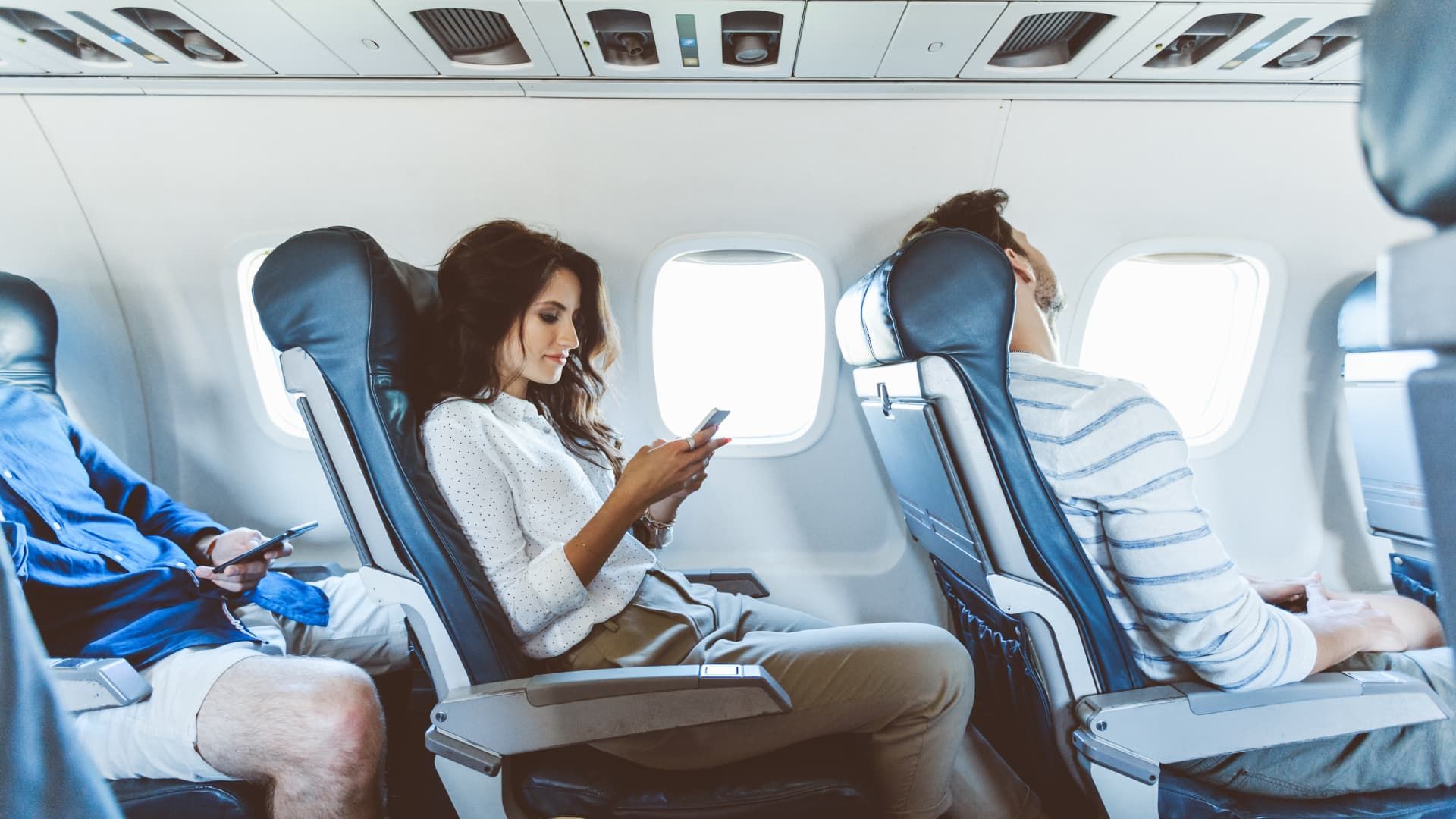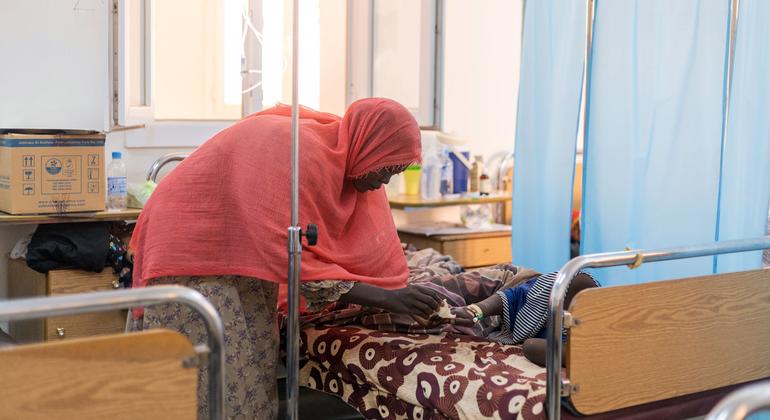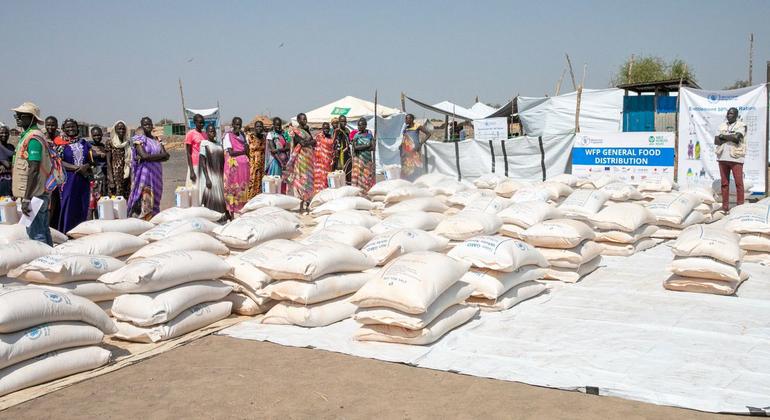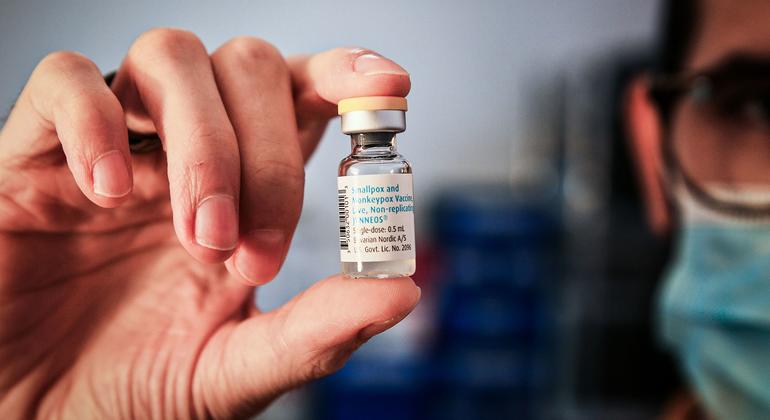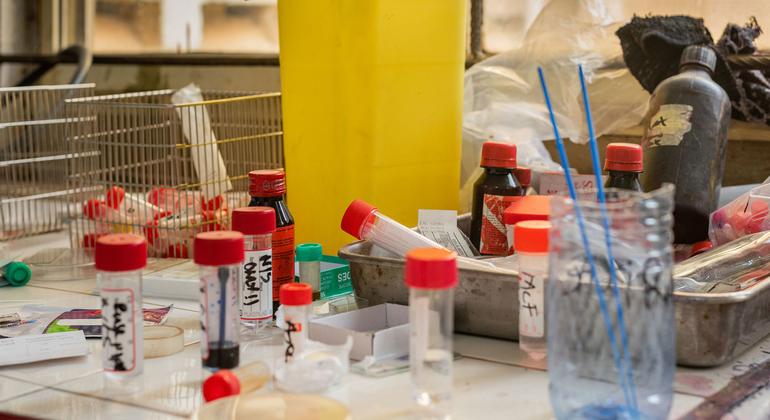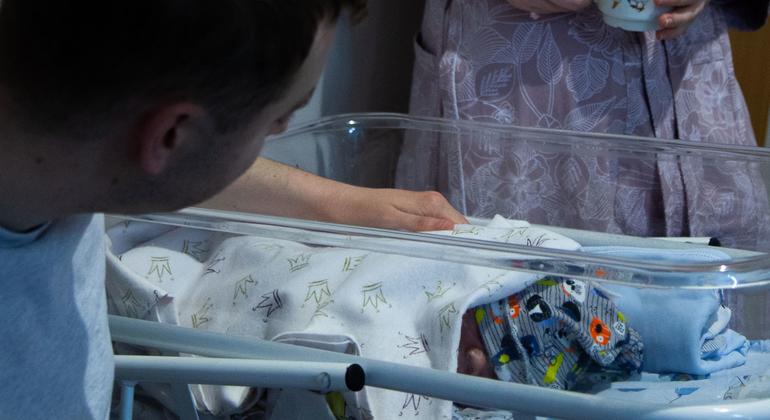Experts call it “economy class syndrome,” but it can happen to anyone in any class of an airplane.
Deep vein thrombosis, or DVT as it is known, occurs when blood clots in one or more veins.
It can happen at any time, but people on long-haul flights are at higher risk because they sit for long periods of time, said Dr. Pinakin V. Parekh, a consultant cardiologist at the Harley Street Heart and Vascular Centre in Singapore.
“In theory, people who travel in the better classes of airplanes (business class, first class) have more room to move around and stretch their legs,” he told CNBC Travel. “So it all comes down to space on the plane.”
But Parekh is quick to point out that so-called “economy class syndrome” doesn't discriminate based on where one sits or how often a traveler flies, he said.
“I've had patients who even travel business class and also develop DVT,” he said. Plus, “it can be the only flight of your life if you decide not to travel.”
What increases the risks?
Deep vein thrombosis usually forms in the legs. Symptoms include pain, swelling, changes in skin color and a feeling of warmth, but some people have no symptoms at all, according to the Mayo Clinic.
People who are obese, over age 60, take birth control pills or hormone replacement therapies or smoke are at higher risk of developing deep vein thrombosis, according to the medical center.
But flying carries its own risks, he said. Parekh.
“For every 5,000 flights that are taken, one patient… may develop DVT simply because of the risk of air travel,” he said.
A 52-year-old former banking businessman said he developed a deep vein thrombosis as a result of a four-hour flight from Singapore to Hong Kong.
Urbazón | E+ | Getty Images
Those taking long-haul flights are at higher risk, but deep vein thrombosis can develop on shorter flights, he said.
“People used to define long-haul flights as eight hours,” he said, “but there is some data to suggest that even four hours is now considered enough time.”
Alok Tapadia, a 52-year-old former banking businessman, said he developed a deep vein thrombosis as a result of a four-hour flight from Singapore to Hong Kong.
He said he plays badminton three times a week, so he knew something was wrong when he became breathless while climbing a flight of stairs after arriving in Hong Kong.
“One of the escalators stopped working,” he said, so he took the stairs. “I had to stop for a while and wondered what had happened to me.”
It wasn't until he returned to Singapore, still out of breath and with his heart rate elevated, that he finally went for a checkup.
He said doctors told him a clot had traveled to the pulmonary artery that connects his heart and lungs.
This kind of episode really shakes you up.
He said his first scan showed an enlarged heart, which occurs when the heart pumps too hard. A second scan resulted in Tapadia being immediately admitted to the hospital's intensive care unit, he said.
Doctors discovered he was severely deprived of oxygen and his lungs were completely blocked, he said.
Doctors said the situation was “critical, because there was so much pressure on the heart that it could have gone into cardiac arrest or moved to a more critical stage at any moment,” Tapadia said.
Blood thinners did not dissolve the clot quickly enough, he said.
Doctors eventually turned to cardiac catheterization, which involves inserting a catheter through blood vessels near the heart to dissolve the blood clot from the inside, Tapadia said.
Tips to reduce DVT
Deep vein thrombosis can progress to pulmonary embolism, a potentially life-threatening complication that occurs when a blood clot breaks loose and gets stuck in a blood vessel in the lung, according to the Mayo Clinic.
When a clot reaches the lungs, symptoms such as shortness of breath and chest pain can occur, Parekh said.
There is no way to completely eliminate the risk of deep vein thrombosis, Parekh said, but there are ways to reduce the risks during flights, he says.
Mayo Clinic suggests drinking plenty of water, standing and walking around the plane during the flight, doing ankle circles while sitting, and wearing support stockings.
Parekh has one simple tip for travelers: choose an aisle seat.
“It encourages you to walk and start walking a lot more easily because when you're completely in line, you're always worried about bothering the guy. [next to you]”, says Parekh.
More than a year later, Tapadia said, he is back to his normal life routine, which includes traveling and playing badminton, although he said he has changed some of his travel habits, starting with the airport.
He now walks through the airport instead of using the conveyor belt, he said. He also paces up and down the aisles while flying, he said.
Advises travelers to pay attention to their health and any warning signs.
“These kinds of episodes really shake you,” he said.

